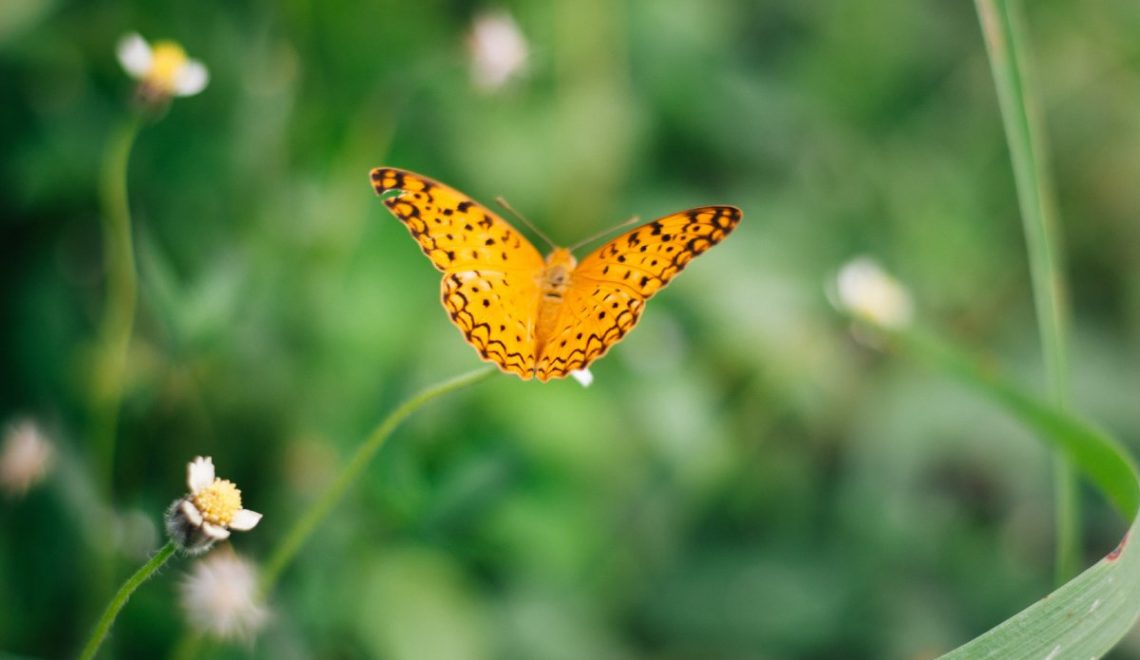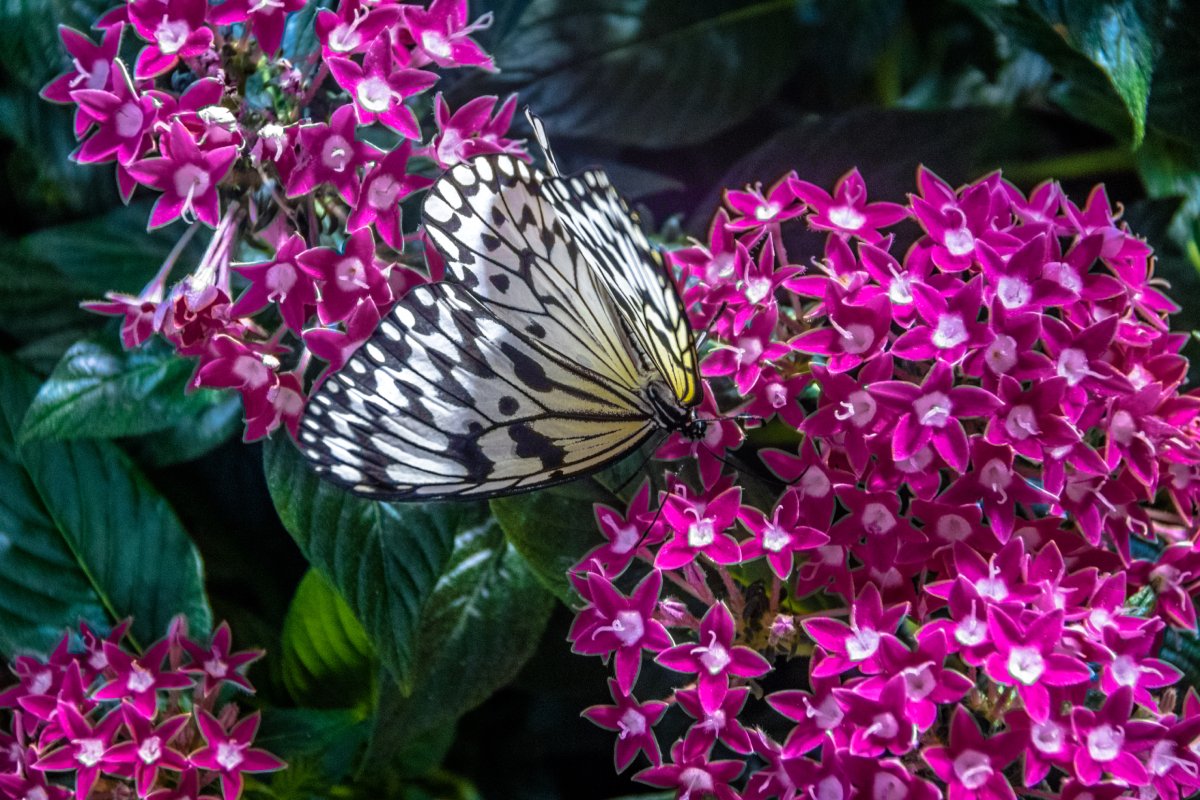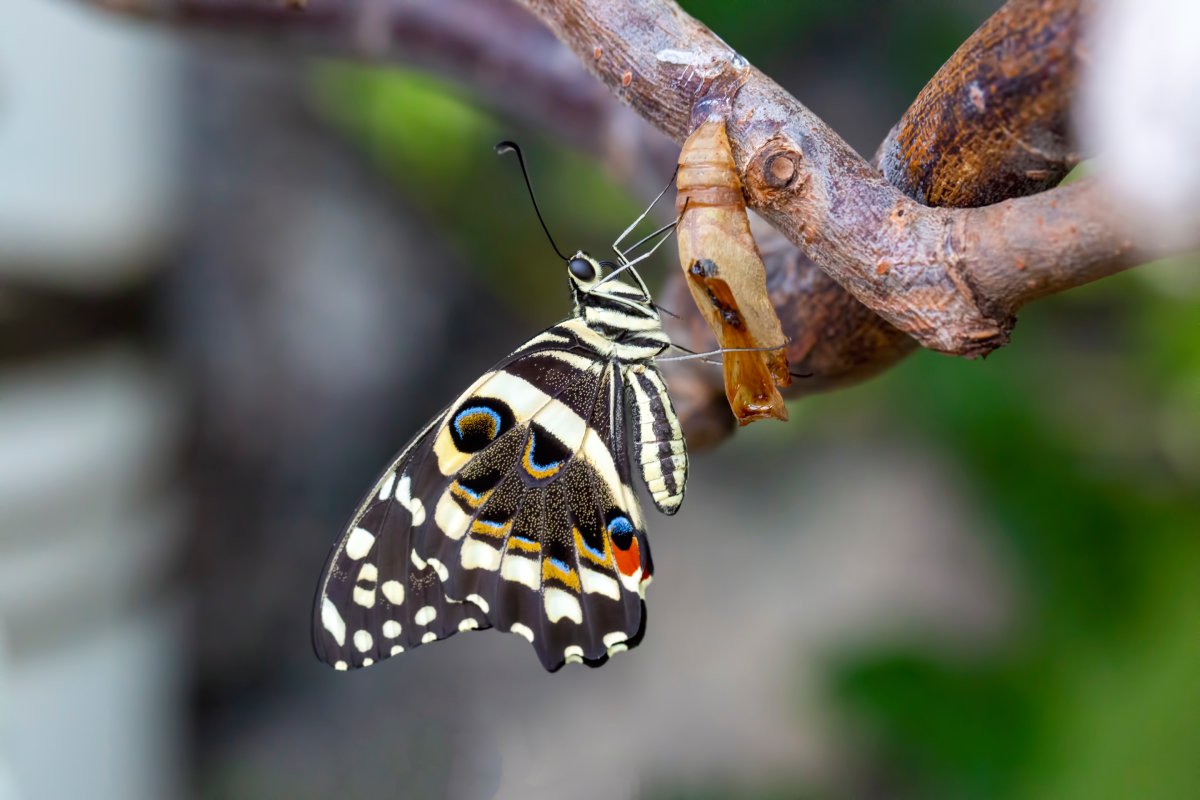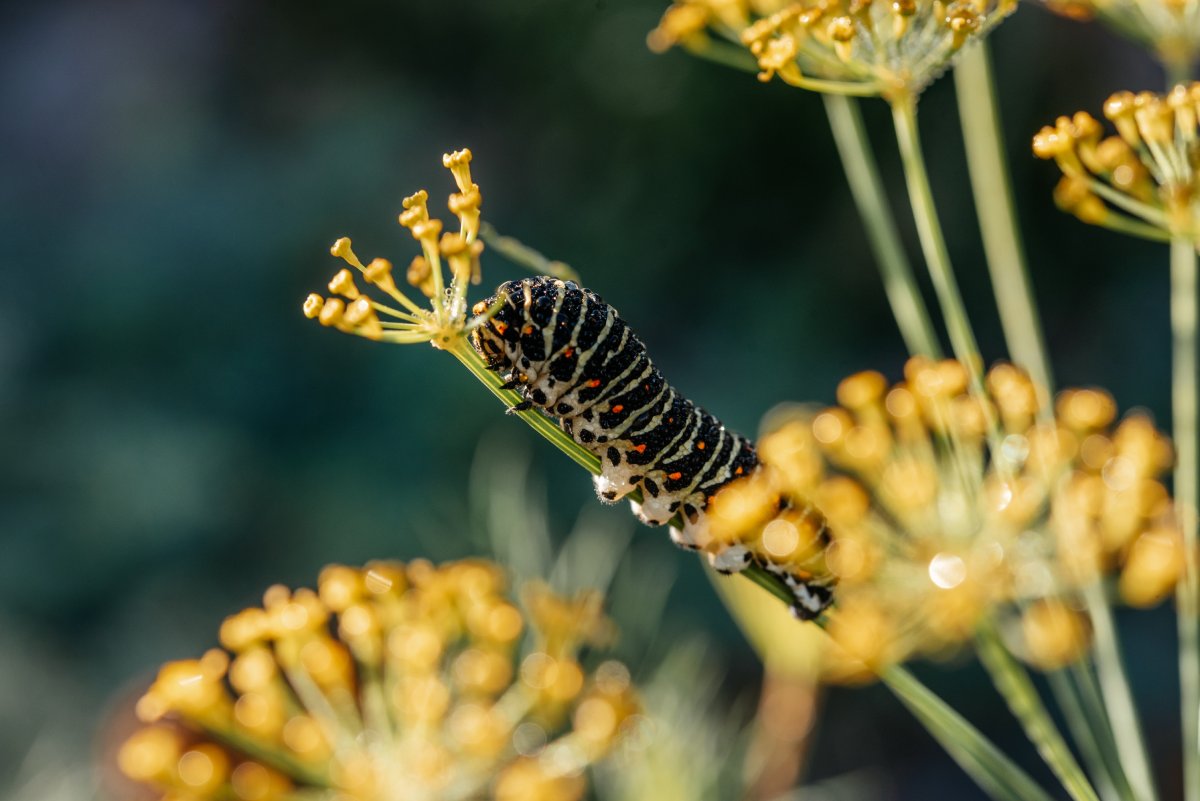
Butterflies are not only beautiful creatures but also important pollinators in our ecosystem. They play a crucial role in maintaining the balance of our environment and creating a garden that attracts them can be a fun and rewarding activity.
If you would like to turn your regular garden space into a butterflies-friendly garden, then this article has everything you need to know.
7 tips and ideas to create a butterfly-friendly garden
Choose the Right Plants
Butterflies are not only beautiful but also serve as important pollinators in the ecosystem. To attract these winged wonders to your garden, it is crucial to select the right plants. Milkweed is the perfect plant to start with, as it is a favourite of monarch butterflies.

Milkweed is a popular plant for butterflies
Coneflower, with its vibrant blooms, is another popular choice for attracting butterflies. Black-eyed Susan and verbena are also great options as they provide nectar-rich flowers. It is important to select a mix of colours and shapes to appeal to a variety of butterfly species. Adding a water source, such as a birdbath or small pond, can also help attract butterflies to your garden.
Provide Shelter and Water
When it comes to providing shelter and water for butterflies, it’s important to create an environment that suits their needs. Placing rocks or logs in a sunny area will not only provide a perfect basking spot for butterflies but also create a shelter for them to hide from predators. Adding a water source, such as a birdbath or shallow dish, can also provide butterflies with a refreshing drink and a cool place to rest.
Avoid Pesticides and Chemicals
Using pesticides and chemicals in your garden can be harmful to butterflies and other beneficial insects, so it’s best to avoid them altogether. Instead, consider using natural pest control methods, such as companion planting or introducing ladybugs and praying mantises, applying pyrethrin, or spreading diatomaceous earth. These insects can help control harmful pests while providing a safe and healthy environment for butterflies.

Create a Sunlight and Shade Balance
Butterflies love to bask in the sun, but they also need shade to rest and cool off. Planting trees and adding shade structures like pergolas or trellises can provide the perfect amount of shade and make your garden more attractive to butterflies.
Incorporate Butterfly Feeders
Incorporating butterfly feeders into your garden can be a great way to provide an additional source of nutrition for these beautiful insects. Making a butterfly feeder is easy – simply fill a shallow dish with a mixture of water and sugar, or make a nectar solution with honey and water.
You can also purchase a butterfly feeder from a garden centre, which typically comes with a reservoir for holding nectar. Place your butterfly feeder in a sunny spot in your garden, and watch as the butterflies come flocking to it. By incorporating butterfly feeders into your garden, you can help sustain butterfly populations and ensure their survival for years to come.
Plant a Butterfly Garden in a Sunny Location
When planting a butterfly garden, it is important to choose a sunny location that receives at least six hours of direct sunlight per day. Butterflies need sunlight to warm up and fly, so a sunny location will be the perfect spot for them to bask in the sun.
When selecting your garden location, try to choose a spot that is sheltered from strong winds and other harsh weather conditions. This will provide a safe and comfortable environment for your butterflies.
Provide Host Plants for Caterpillars
Providing host plants for caterpillars is also important when creating a butterfly garden. Butterflies lay their eggs on specific host plants, which serve as food for the caterpillars when they hatch. By including these plants in your garden, you will not only attract adult butterflies but also provide a habitat for their young.

Milkweed is a good starter as it’s popular for every stage of butterflies’ life, while parsley is a favourite of black swallowtails. Consider doing research on the specific host plants for the butterfly species in your area and incorporate them into your garden design. By doing so, you will create a sustainable ecosystem that will support the entire butterfly lifecycle.
Creating a butterfly-friendly garden is not only beneficial for the environment but also a great way to bring beauty and life to your outdoor space. But is a butterfly garden really good for your house? Let’s find out!
The negatives of having a butterfly-friendly garden, do butterflies bring any diseases?
As far as we know, butterflies do not carry or transmit diseases to humans. However, there are a few negative aspects to consider when creating a butterfly garden.
- Attracting Other Insects: While creating a garden that attracts butterflies is a great way to benefit the ecosystem, it can also attract other insects such as aphids and whiteflies, which can damage your plants.
- Overcrowding: A garden that is too attractive to butterflies may become overcrowded, leading to competition for resources like food and shelter. This can result in weaker butterflies, fewer eggs laid, and a decline in population over time.
- Environmental Concerns: While creating a butterfly garden can be beneficial for the local ecosystem, it’s important to be mindful of the impact it may have on other species. For example, if you introduce non-native plants to attract butterflies, they may outcompete or displace native plants, which can have negative effects on other wildlife.
- Maintenance: Creating and maintaining a butterfly garden requires time, effort, and resources. You’ll need to regularly water, prune, and fertilise your plants, as well as remove any dead or diseased foliage. If you’re not prepared to commit to regular maintenance, your garden may not thrive, and you may not attract as many butterflies as you had hoped.
Wrap up
While there are some potentially negative aspects to consider when creating a butterfly garden, it’s important to remember that the benefits far outweigh the drawbacks. A butterfly garden can help support the local ecosystem, providing habitat for not only butterflies but also other beneficial insects and wildlife.
By following the tips outlined in this article and being mindful of the potential impact your garden may have on other species, you can create a beautiful and beneficial outdoor space that will provide enjoyment and educational opportunities for all ages. With a bit of effort and dedication, your butterfly garden can thrive and attract a variety of butterfly species for years to come.

